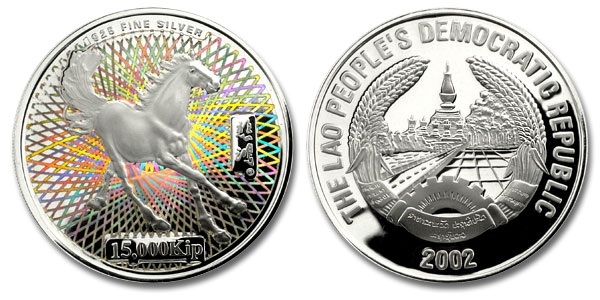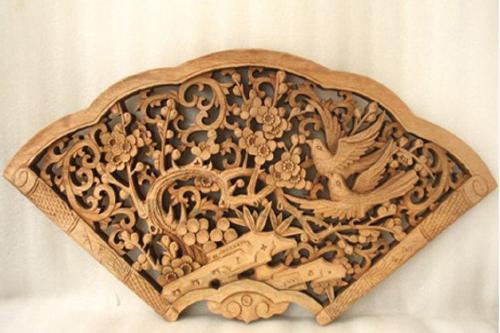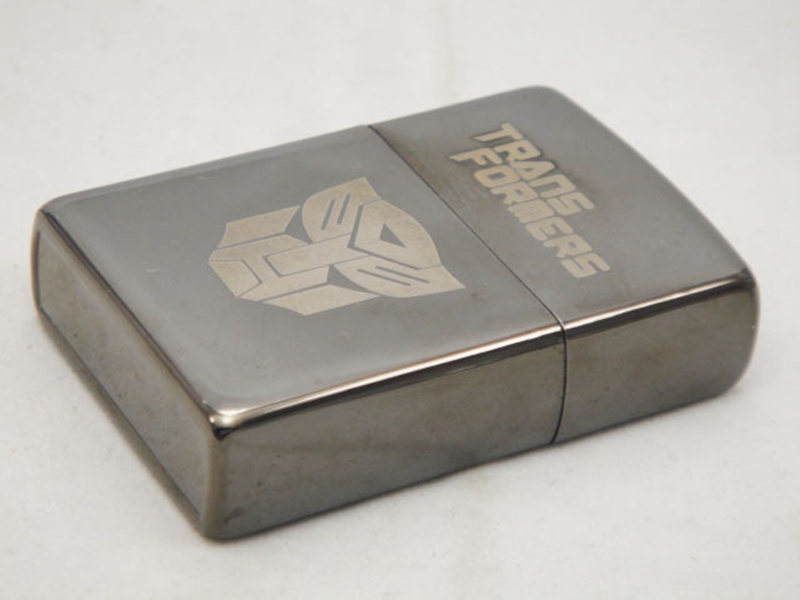Laser engraving processing is based on numerical control technology, and laser is the processing medium. The physical degeneration of the processed material under the laser irradiation and the vaporization instantaneously achieves the purpose of processing. Laser processing features: no contact with the surface of the material, not affected by mechanical motion, the surface will not be deformed, generally do not need to be fixed. It is not affected by the elasticity and flexibility of the material, and is convenient for soft materials. High processing precision, fast speed and wide application fields.

Common ways:
1. It is divided into laser cutting, laser engraving, laser marking, glass (crystal) engraving and so on.
2. The process is realized by laser engraving machine, laser marking machine, laser cutting machine and other equipment.
Common materials:
Non-metallic material processing (co2 laser): processing of plexiglass, wood, leather, cloth, plastic, printing rubber, two-color plate, glass, synthetic crystal, horn, cardboard, MDF, marble, jade and other metal materials (YAG laser ) Common metal materials.

Principle of engraving:
Direct laser engraving of copper plates has been technically considered to be infeasible, but lasers can directly engrave zinc. Swiss MDC has achieved direct laser engraving through the improvement of the plate making process. A thin layer of nickel is first plated on the copper roll, then copper is plated on the surface, followed by a layer of zinc. This layer of zinc absorbs the laser energy and evaporates, followed by evaporation of the underlying copper, which creates a cell-filled cell. After engraving, like other engraving rollers, a hard chrome is finally plated on the rollers. A YAG laser with a power of about 500 W has also been developed, capable of engraving 70,000 cells per second. The direct laser engraving system is mainly composed of three parts: a high-energy laser, a laser transmission system, and an optical system, which adjust the focal length to adjust the energy per unit area.
Cause:
With the rapid development of optoelectronic technology, the application range of laser engraving technology is more and more extensive, and the precision of engraving is getting higher and higher. The four most fundamental elements that affect laser engraving are: engraving speed, laser power, engraving accuracy, and materials. In order to achieve a certain engraving effect on a specific material, it is required to absorb a certain amount of laser energy, which should be regarded as the laser energy absorbed by the material = laser power / engraving speed. Simply speaking, to increase the laser energy absorbed by the material, the laser power should be increased or the engraving speed should be reduced. As for the final method, it is necessary to look at the material and the final engraving effect. In general, users will avoid slowing down because it will reduce productivity. In fact, not only the engraving speed, but also the engraving precision, has a great influence on the engraving efficiency.
The main function:
1. Dot matrix engraving resembles high definition dot matrix printing. The laser head oscillates left and right, each time engraving a line consisting of a series of points, and then the laser head simultaneously moves up and down to engrave a plurality of lines, and finally constitutes a full-page image or text. The scanned graphics, text and vectorized graphics can all be carved using dot matrix.
2. Unlike dot matrix engraving, vector cutting is performed on the outer contour of the graphic. We usually use this mode to cut through wood, acrylic, paper and other materials, as well as marking on a variety of materials.
3. Engraving speed refers to the speed at which the laser head moves. It is usually expressed in IPS (inches per second), which results in high production efficiency. Speed is also used to control the depth of the cut. For a given laser intensity, the slower the speed, the greater the depth of the cut or engraving. You can adjust the speed with the engraver panel or with your computer's print driver. In the range of 1% to 100%, the adjustment range is 1%. The advanced motion control system of the Hummer makes you get super-fine engraving quality when carving at high speed.
4. Engraving intensity refers to the intensity of the laser that strikes the surface of the material. For a particular engraving speed, the greater the intensity, the greater the depth of the cut or engraving. You can adjust the intensity with the engraver panel. The greater the intensity, the greater the speed. The depth of the cut is also deeper
5. The laser beam spot size can be adjusted by using lenses with different focal lengths. Small spot lenses are used for high resolution engraving. Large spot lenses are used for lower resolution engraving, but for vector cutting, it is the best choice. The standard configuration for the new device is a 2.0 inch lens. Its spot size is in the middle and is suitable for all kinds of occasions.
Advantages:
1. Wide range: Carbon dioxide laser can engrave and cut almost any non-metallic material. And the price is low!
Safe and reliable: Non-contact machining without mechanical or mechanical stress on the material. No "knife marks", no damage to the surface of the workpiece; no deformation of the material;
2. Accurate and meticulous: processing accuracy can reach 0.02mm;
3. Saving environmental protection: beam and spot diameter is small, generally less than 0.5mm; cutting processing saves materials, safety and health;
4. The effect is consistent: to ensure that the same batch of processing results are exactly the same.
5. High speed and fast: can be automatically carved and cut according to the computer output pattern.
6. Low cost: not limited by the amount of processing, for small batch processing services, laser processing is cheaper.

Applicable materials:
1. The laser can process almost any material, but it is limited by the power of the laser transmitter. The materials that can be processed by the "Labao" laser engraving and cutting machine are mainly non-metallic materials. The "light" laser engraving machine mainly Mainly based on metal materials.
2. Including: plexiglass, plastic, two-color board, glass, bamboo, foam, cloth, leather, rubber sheet, stone, artificial stone PVC board, two-color board, wood products, metal sheet, stone, crystal, Corian , paper, two-color board, alumina, leather, resin, spray metal, etc.

